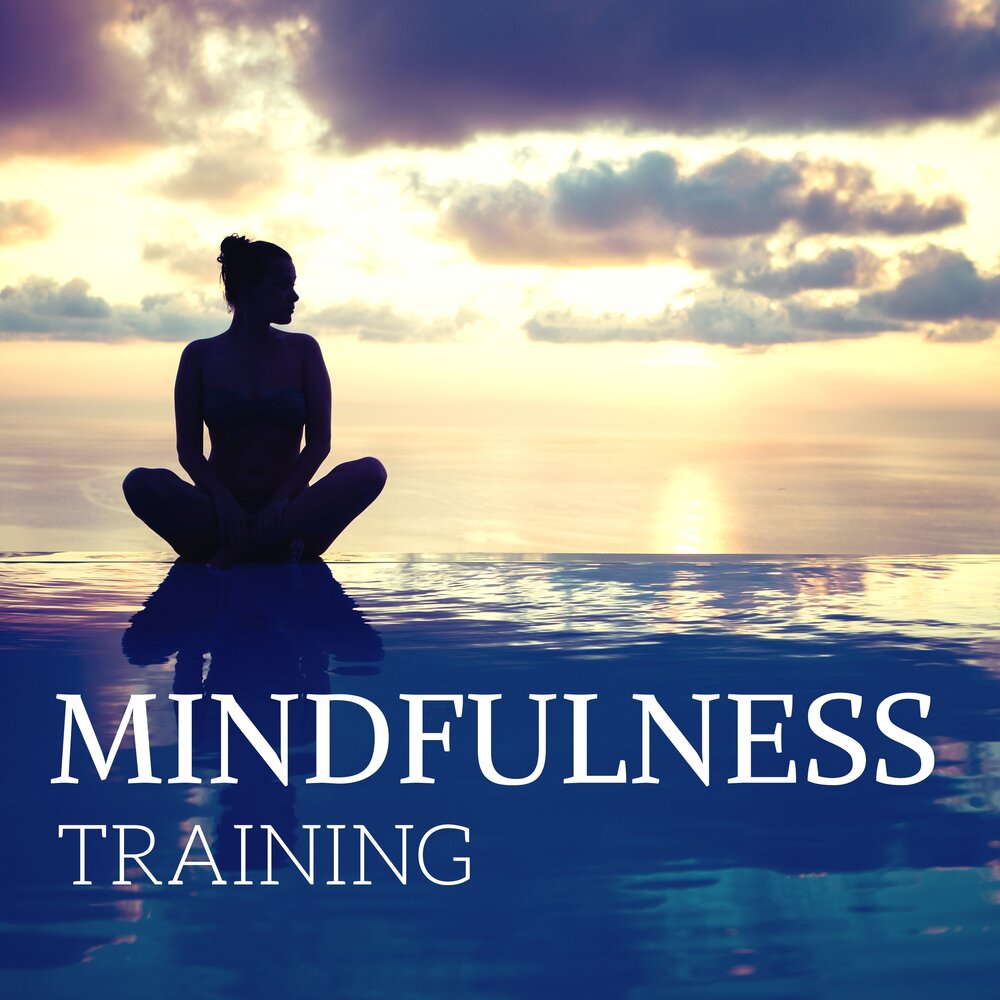Mindfulness training offers a different route: a set of practices that train how we relate to sensations, thoughts, and emotions so the alarm still sounds when it should, but doesn’t keep us trapped in fight-or-flight.
This article explains how mindfulness moves people from stress toward stillness, using what contemporary science tells us about attention, emotion regulation, brain networks, and bodily systems.
What is mindfulness training?
At its simplest, mindfulness means paying attention, on purpose, in the present moment, with curiosity and without harsh judgment. Mindfulness training packages that idea into practical exercises, for example, focusing on the breath, body scans, mindful movement, and open-monitoring meditation.
Clinical programs such as Mindfulness-Based Stress Reduction (MBSR) and Mindfulness-Based Cognitive Therapy (MBCT) adapt these practices into taught sequences lasting several weeks, giving people a scaffolded way to learn and apply them in daily life.
Attention: the skill at the heart of change
One of the clearest pathways by which mindfulness eases stress is attention training. Stress often looks like attention hijacked: repetitive worrying, rumination about the future, or a mind continuously scanning for threats. Focused-attention practices teach the mind to stabilize on a chosen object (the breath, sounds, or body sensations) and to notice, gently, when it wanders.
That noticing, and the decision to return, strengthens cognitive control. Over time, people report being less captive to automatic thoughts and more able to choose where to put attention. This shift alone reduces the intensity and duration of stress reactions: a worrying thought that might have spiraled into an hour of rumination is recognized sooner and given less fuel.
Emotional regulation: responding instead of reacting
Mindfulness alters not only where we put attention but how we relate to inner experience. Two related processes contribute to calmer responses:
Increased awareness of bodily and emotional signals. Practices like the body scan develop interoceptive awareness, a clearer sense of rising tension, tightening breath, or constricted muscles. Awareness gives you the chance to intervene early (take a breath, shift posture) before the cascade of stress hormones escalates.
Nonreactive stance. Mindfulness cultivates the ability to observe emotions without automatically acting on them. Instead of pushing away uncomfortable feelings or amplifying them with judgment, people learn to make room for them. That nonreactivity reduces secondary layers of stress (the “I shouldn’t feel this” meta-judgment) and short-circuits defensive behaviors.
Brain networks: rewiring with practice
Neuroscience has begun to map how repeated mindfulness practice changes the brain’s patterns of activity and structure.
Prefrontal control: Regular practice appears to strengthen regions involved in top-down control (parts of the prefrontal cortex). These regions help regulate attention and temper emotional reactivity, making it easier to shift away from anxious loops.
Amygdala reactivity: The amygdala, a hub for rapid threat detection and fear responses, tends to show lower reactivity after sustained mindfulness training. That reduction correlates with decreased subjective stress and greater emotional balance.
Default Mode Network (DMN): The DMN is active during mind-wandering and self-referential thought (e.g., rumination). Mindfulness practices reduce DMN activity during rest and increase connectivity patterns associated with present-centered awareness, offering a neural basis for less rumination.
Structural changes: Multiple studies have reported increases in gray matter density or thickness in areas linked to attention, emotion regulation, and memory (such as the hippocampus and parts of the prefrontal cortex) after regular mindfulness practice, suggesting that the brain physically adapts to new mental habits.
Taken together, these neural changes describe a system that becomes better at noticing habitual reactions early and deploying regulatory resources before stress escalates.
Body systems: calming the alarm
The brain is only part of the story. Mindfulness influences physiological systems that mediate stress:
HPA axis and cortisol: The hypothalamic–pituitary–adrenal (HPA) axis controls cortisol release, a key stress hormone. Mindfulness appears to downregulate this axis for some people, translating into lower or more regulated cortisol responses to stress.
Autonomic balance and heart rate variability (HRV): Regular practice is associated with shifts toward greater parasympathetic (rest-and-digest) activity and improved HRV — a marker of better physiological flexibility and resilience to stress.
Inflammation: Chronic stress elevates inflammatory markers. Emerging evidence links mindfulness practice with reductions in certain inflammatory signals, which could partly explain long-term health benefits.
These physiological shifts mean that the body’s hardware stops amplifying stress into chronic wear-and-tear, supporting recovery and long-term wellbeing.
What the clinical evidence says
Randomized trials and meta-analyses have found that structured mindfulness programs reduce symptoms of anxiety, depression, and perceived stress across diverse populations — from healthy adults to people with chronic illness.
Effects vary by program length, instructor quality, and how consistently participants practice, but the overall pattern supports mindfulness as a useful, evidence-based tool for stress reduction and emotional balance. It’s not a cure-all, and benefits are often moderate rather than dramatic, but for many people the changes are meaningful and durable.
How mindfulness training actually works in practice
Mindfulness training is not mystical — it’s skill-building. Here’s how people commonly get started and what supports success:
Short, regular practice beats occasional long sessions. Daily micro-practices (5–20 minutes) build the muscle of attention more reliably than sporadic marathon sessions.
Variety of practices: Focused attention (breath), open monitoring (noticing whatever arises), and loving-kindness (cultivating goodwill) each trains different capacities. Mixing them keeps practice engaging and well-rounded.
Guided programs and teachers: Structured courses like MBSR provide a progressive curriculum, peer support, and instruction that accelerate learning. For many, a teacher’s guidance prevents common pitfalls (forcing concentration, ignoring emotions, etc.).
Informal mindfulness: Bringing mindful attention to everyday activities (eating, walking, washing dishes) transfers skills into daily life and is where stress reduction becomes practical and sustainable.
Practical starter tips
Begin with 5 minutes a day of breath-focused attention. When the mind wanders, label the wandering and return — no judgment.
Do a 10–20 minute body scan once or twice weekly to build interoceptive awareness.
Use brief “check-ins” during the day — notice posture, breath, and mood for 30 seconds.
If emotions feel intense, try a grounding exercise: slow three breaths, notice feet on the floor, name one sensation.
Consider a guided 8-week course if you want structure and community.
Limitations and realistic expectations
Mindfulness is powerful but not magical. It often reduces the intensity and duration of stress rather than eliminating stressors themselves. Some people find practice uncomfortable at first (heightened awareness can initially amplify difficult feelings). For clinical conditions like severe depression or PTSD, mindfulness is best used as part of a broader, supervised treatment plan.
Conclusion
From a nervous system primed for perpetual threat to a mind that can observe and respond, mindfulness training offers a practical route from stress to stillness. Its effects are visible in attention skills, emotional habits, brain circuitry, and bodily systems.
Like any skill, it requires consistent practice and realistic expectations, but the payoff is a clearer mind, a calmer body, and more choice in how we respond to whatever life brings.



